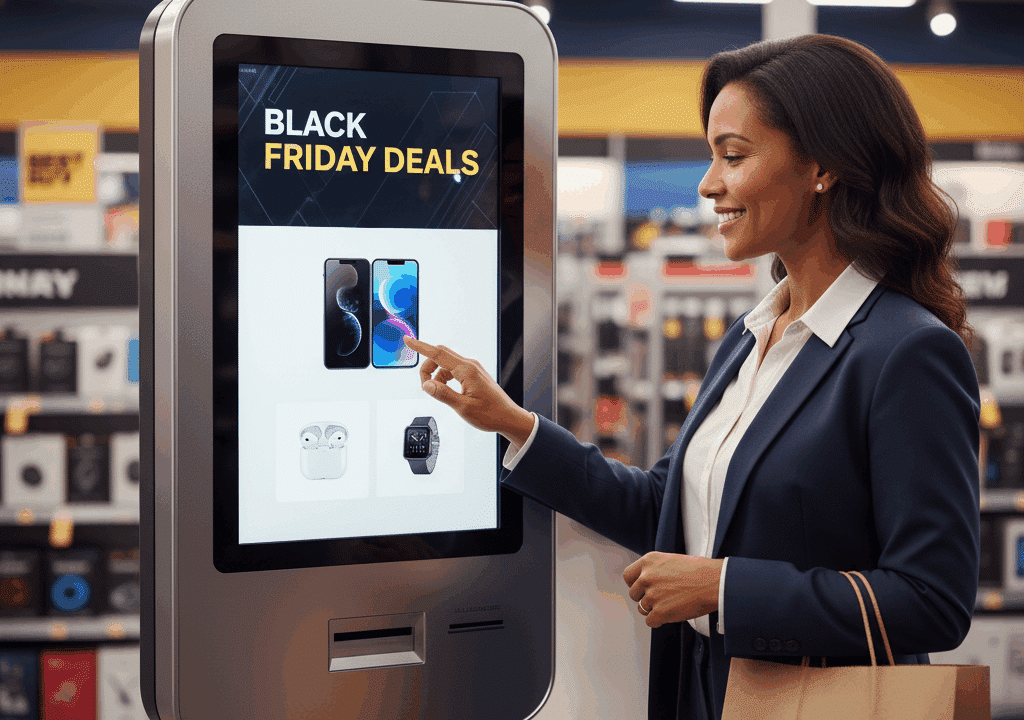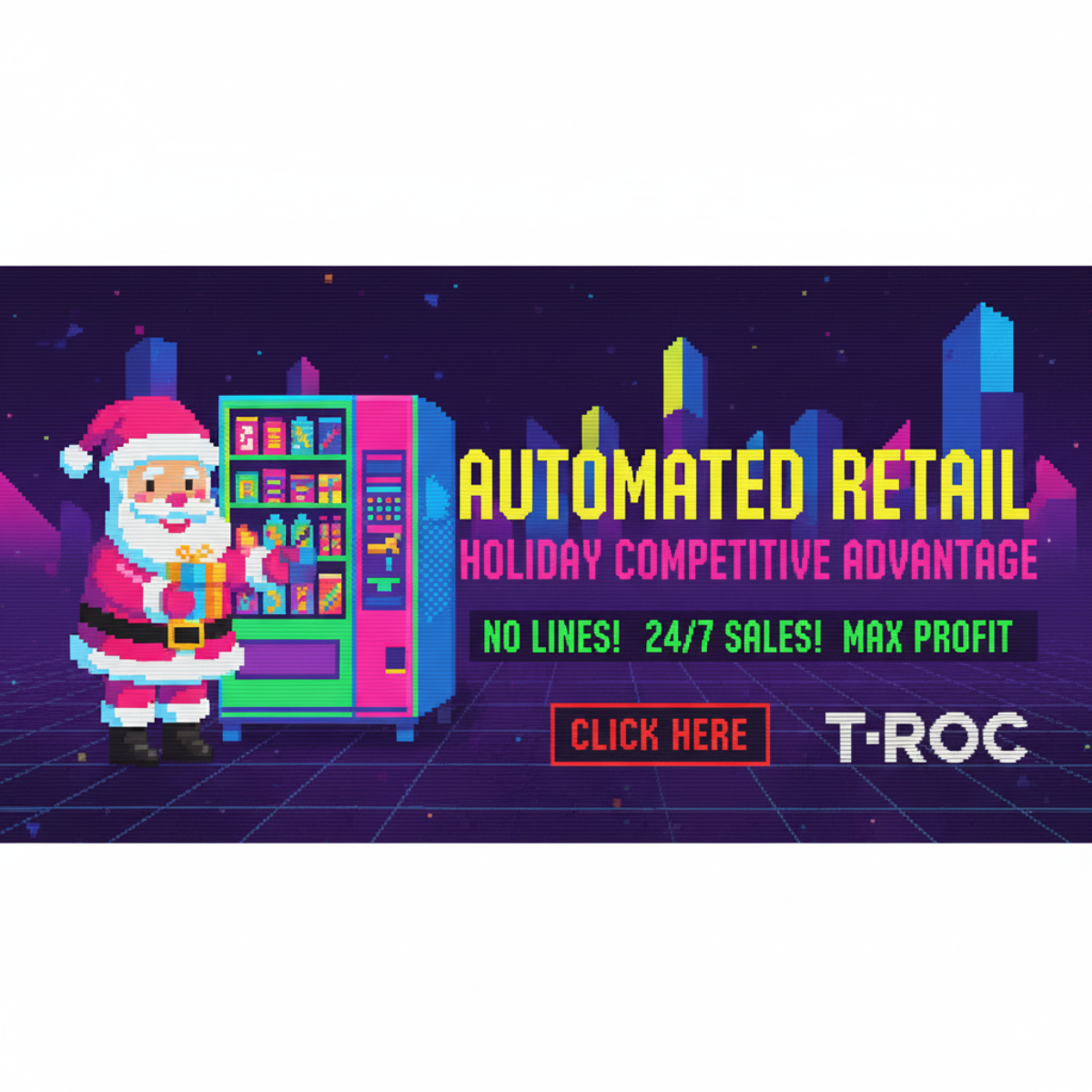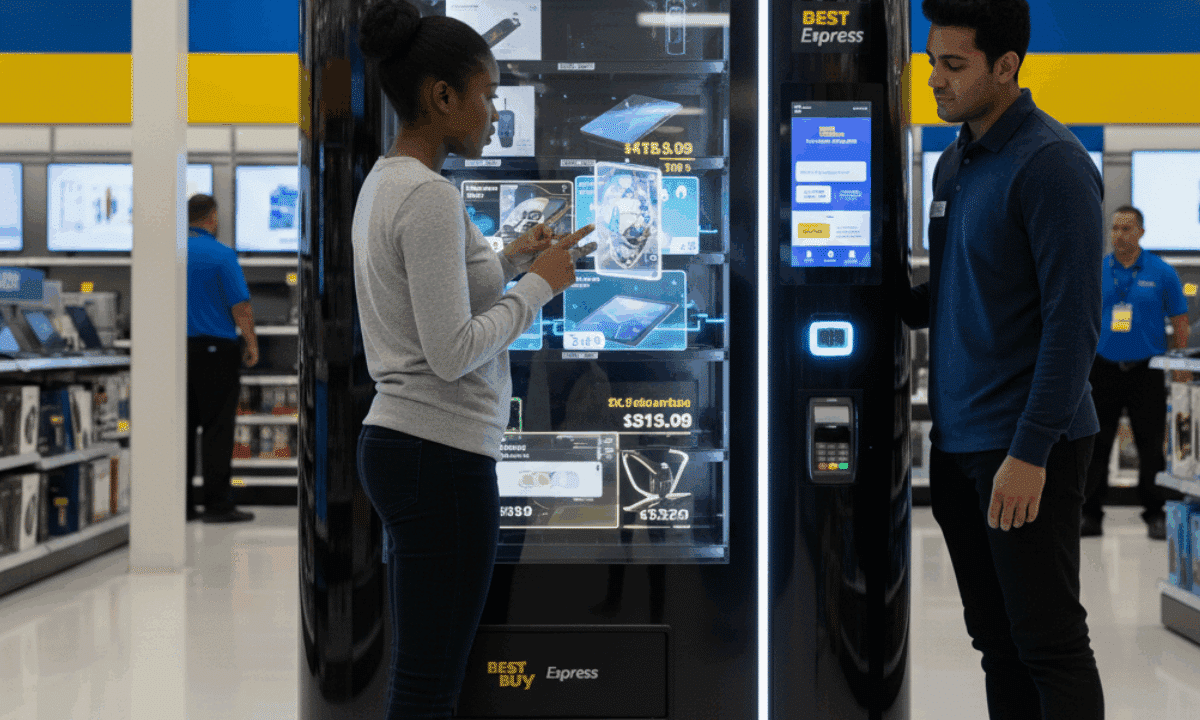
The Ultimate Guide to Health Tech Merchandising: Winning in a $660 Billion Market
-
T-ROC Staff
-
Jul 23, 2025
-
6 mins read
The U.S. Health Tech sector is experiencing a seismic shift, undergoing explosive growth with projections showing the market nearly doubling from $345 billion in 2024 to $660 billion by 2030. This expansion is powered by a powerful compound annual growth rate (CAGR) of 11.2% , fueled by an aging population, rising chronic disease, and a profound cultural pivot toward proactive self-care. From smartwatches that monitor ECGs to at-home diagnostic kits, consumers are embracing technology to manage their well-being like never before.
For innovative brands and forward-thinking retailers, this represents a monumental opportunity. However, capitalizing on it is not straightforward. Selling these sophisticated devices isn’t like selling a t-shirt or a toaster. Health Tech products are personal, data-driven, and command a deep level of consumer trust and understanding to achieve adoption. Success on the crowded retail floor depends entirely on a specialized, nuanced approach: expert health tech merchandising.
This guide provides the definitive blueprint for navigating the complexities of this landscape, ensuring your brand not only competes but wins.
Why Health Tech Merchandising is a Unique Discipline
You cannot simply place a smart scale on a shelf next to blenders and expect it to sell. The path to purchase for Health Tech is paved with unique challenges that demand a merchandising strategy far beyond traditional retail tactics. Before brands can realize the $96 billion serviceable opportunity available by 2025, they must first overcome three critical barriers: the consumer trust deficit, a complex regulatory maze, and a fragmented technology ecosystem.The Trust Deficit: Overcoming Consumer Apprehension
The deeply personal nature of health data creates a significant psychological hurdle for consumers. A staggering 78% of U.S. consumers report they are more likely to purchase Health Tech products in a retail environment if trained ambassadors or in-person consultations are available. This figure jumps to an overwhelming 82% for devices that process real-time biometric data. Furthermore, high-profile privacy breaches have made shoppers cautious, with 62% of users expressing concern over how their health data is stored, sold, or used. The message from consumers is clear: education-led, high-touch experiences are not just a value-add; they are a prerequisite for earning the trust required to make a sale.The Regulatory Maze: Navigating Compliance
The Health Tech industry is rightly governed by multiple federal and state entities to ensure product safety and data protection. Key regulatory bodies include:- The FDA (Food and Drug Administration): Oversees medical devices, applying different levels of scrutiny based on risk (Class I, II, or III).
- HIPAA (Health Insurance Portability and Accountability Act): Applies to any platform that collects, stores, or transmits Protected Health Information (PHI).
- The FTC (Federal Trade Commission): Monitors advertising claims and data handling practices, with increasing oversight of wellness apps.
The Fragmentation Challenge: Simplifying the Complex
The current market is a mosaic of competing devices, apps, and platforms that often lack interoperability. This fragmentation creates significant consumer pain points. In fact, 41% of users abandon their Health Tech devices within six months, often due to confusion, feature fatigue, or integration challenges. A successful merchandising strategy must simplify this complexity, making the product feel seamless and intuitive from the moment a customer sees it on the shelf.Core Strategies for World-Class Health Tech Merchandising
To win in this environment, brands must move beyond traditional tactics and adopt a strategy built on trust, compliance, and experience.Strategy 1: Build an Education-First Retail Experience
Given that 78% of consumers want in-person guidance, the retail floor must be transformed into an education hub.- Deploy Expert Brand Ambassadors: Staffing your retail locations with HIPAA-trained educators is the single most effective way to build trust. These ambassadors are more than salespeople; they are trained specialists who can perform compelling product demos, walk customers through complicated features like mobile app pairing, and confidently answer sensitive questions about data security and privacy protocols.
- Create Interactive Displays: Retail-integrated kiosks and “try-me” stations are essential. They allow consumers to physically handle the devices, navigate the software on a tablet, and see the value proposition firsthand. This hands-on experience is crucial for demystifying complex technology and helping customers envision the product in their daily lives.
Strategy 2: Design for Compliance and Clarity
Your merchandising must be built on a foundation of regulatory compliance to protect both your business and your customers.- Clarify FDA Designations: Your in-store signage and marketing claims must be precise. The messaging for a Class I general wellness wearable must be carefully differentiated from that of a Class II FDA-cleared blood pressure cuff to avoid making unsubstantiated clinical claims.
- Implement In-Store HIPAA Protocols: Every in-store interaction involving customer health data must be secure. This means training staff to never discuss PHI openly, using demo devices that don’t store personal data, and having clear privacy policies readily available. Regular audits and mystery shopping can ensure these crucial protocols are followed consistently.
Strategy 3: Engineer the Perfect In-Store Environment
With brick-and-mortar retail remaining the dominant sales channel—representing 48% of total Health Tech revenue—the physical store is your most important asset. Major retailers like Best Buy, Walmart, and CVS Health understand this and are rapidly transforming into full-service health hubs.- Optimize Your Planogram: A strategic planogram is critical for guiding the customer experience. Products should be grouped into logical, intuitive zones that reflect consumer needs, such as “Wearables & Monitoring,” “At-Home Diagnostics,” and “Aging-in-Place Solutions”. This helps prevent “overchoice” and makes it easier for shoppers to find what they need.
- Create a Seamless Omnichannel Bridge: While product discovery often begins online, the final conversion frequently happens in a physical store where customers can get hands-on support. Leading brands are bridging this gap with omnichannel strategies like leveraging retail media networks (RMNs) for targeted advertising and allowing customers to book in-store demos online.

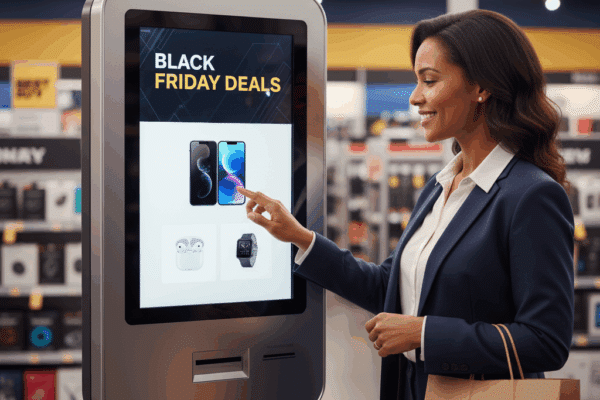


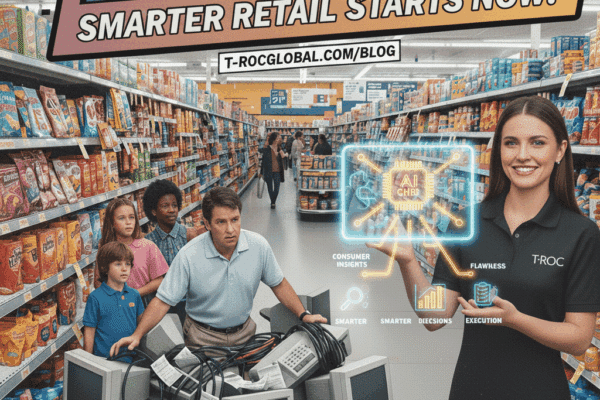
![Interested in what we can do for you? T-ROC can help you boost sales, improve store performance, and deliver consistent results across every location. {{ include_custom_fonts({"Telegraf":["Bold","Regular","Semi Bold"]}) }}](https://no-cache.hubspot.com/cta/default/5402108/interactive-194273307789.png)
![Interested in what we can do for you? T-ROC can help you boost sales, improve store performance, and deliver consistent results across every location. {{ include_custom_fonts({"Telegraf":["Bold","Regular","Semi Bold"]}) }}](https://no-cache.hubspot.com/cta/default/5402108/interactive-194343103657.png)
